Renting To Expats? 6 Key Factors To Note For Better Returns
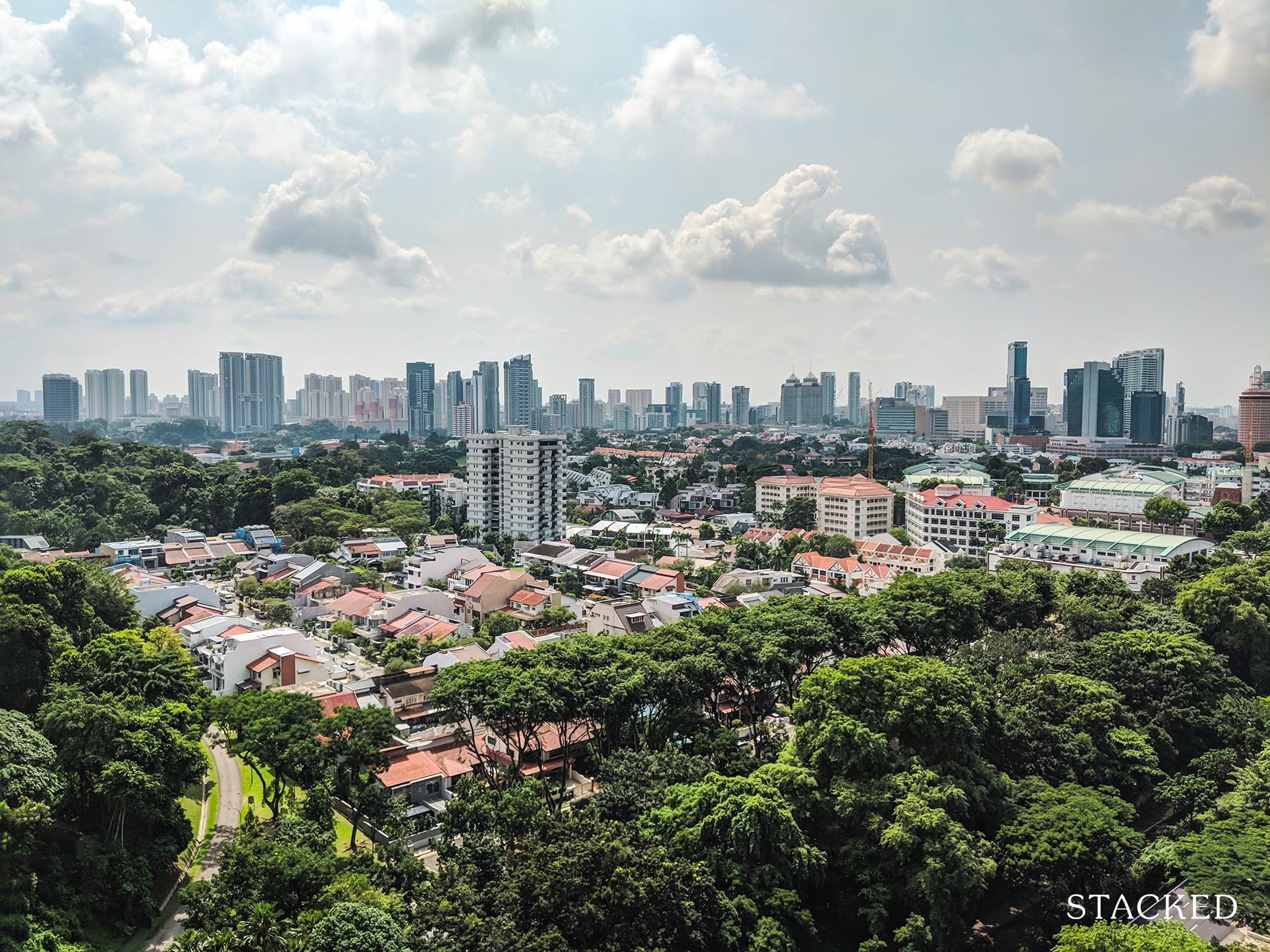
Get The Property Insights Serious Buyers Read First: Join 50,000+ readers who rely on our weekly breakdowns of Singapore’s property market.
A seasoned content strategist with over 17 years in the real estate and financial journalism sectors, Ryan has built a reputation for transforming complex industry jargon into accessible knowledge. With a track record of writing and editing for leading financial platforms and publications, Ryan's expertise has been recognised across various media outlets. His role as a former content editor for 99.co and a co-host for CNA 938's Open House programme underscores his commitment to providing valuable insights into the property market.
Expats are the common tenant demographic that landlords think about. However, landlords looking at this demographic face intense competition; and the properties that cater to expats are often on the pricier end. This can mean lower yields, and serious financial damage in the event of long vacancies. In this guide, we’ll look at some of the key considerations for this demographic:
Common expatriate enclaves in Singapore
We have a detailed write-up of this in an earlier article, but to summarise the main districts are:
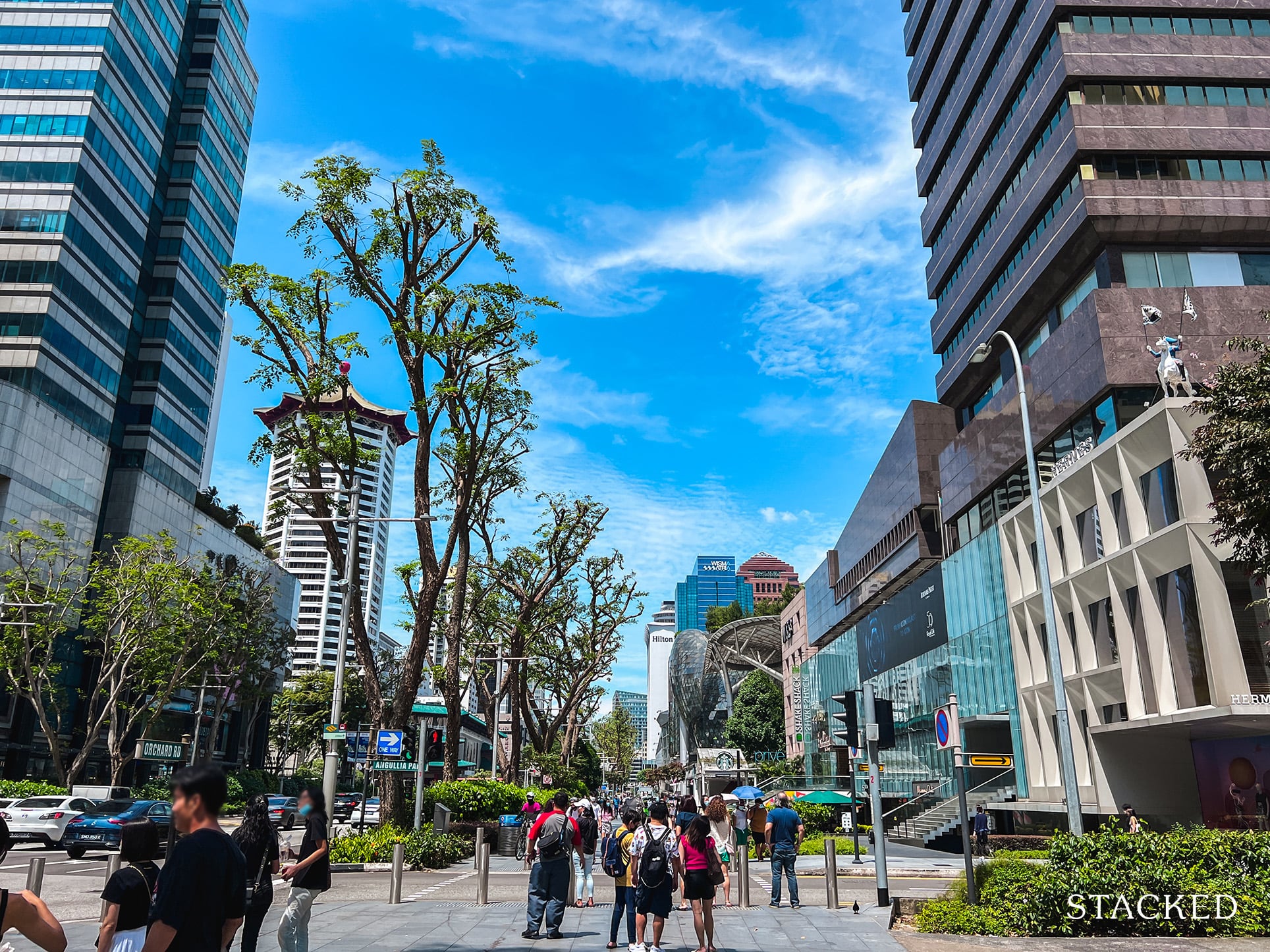
- District 9 (Orchard and Robertson Quay)
- District 10 (River Valley and Holland Village)
- District 4 (Sentosa)
- District 15 (Katong)
Over the past decade, expats have begun to move into areas outside of these traditional enclaves. There are growing expat communities in the following areas:
- District 02 (Tanjong Pagar)
- District 03 (Tiong Bahru)
- District 21 (Bukit Timah)
- District 05 (One-North)
- District 25 (Woodlands)
- District 14 (Paya Lebar Quarter)
You can check rental rates on URA transaction records, by district or the exact property type. This can provide a guide to setting your rental rate, but remember to base it on other units in the same development, or units within one kilometre. You should try to use leases within the past 12 months as a benchmark.
You can also use foreign ownership of a development, to clue you in on expat areas
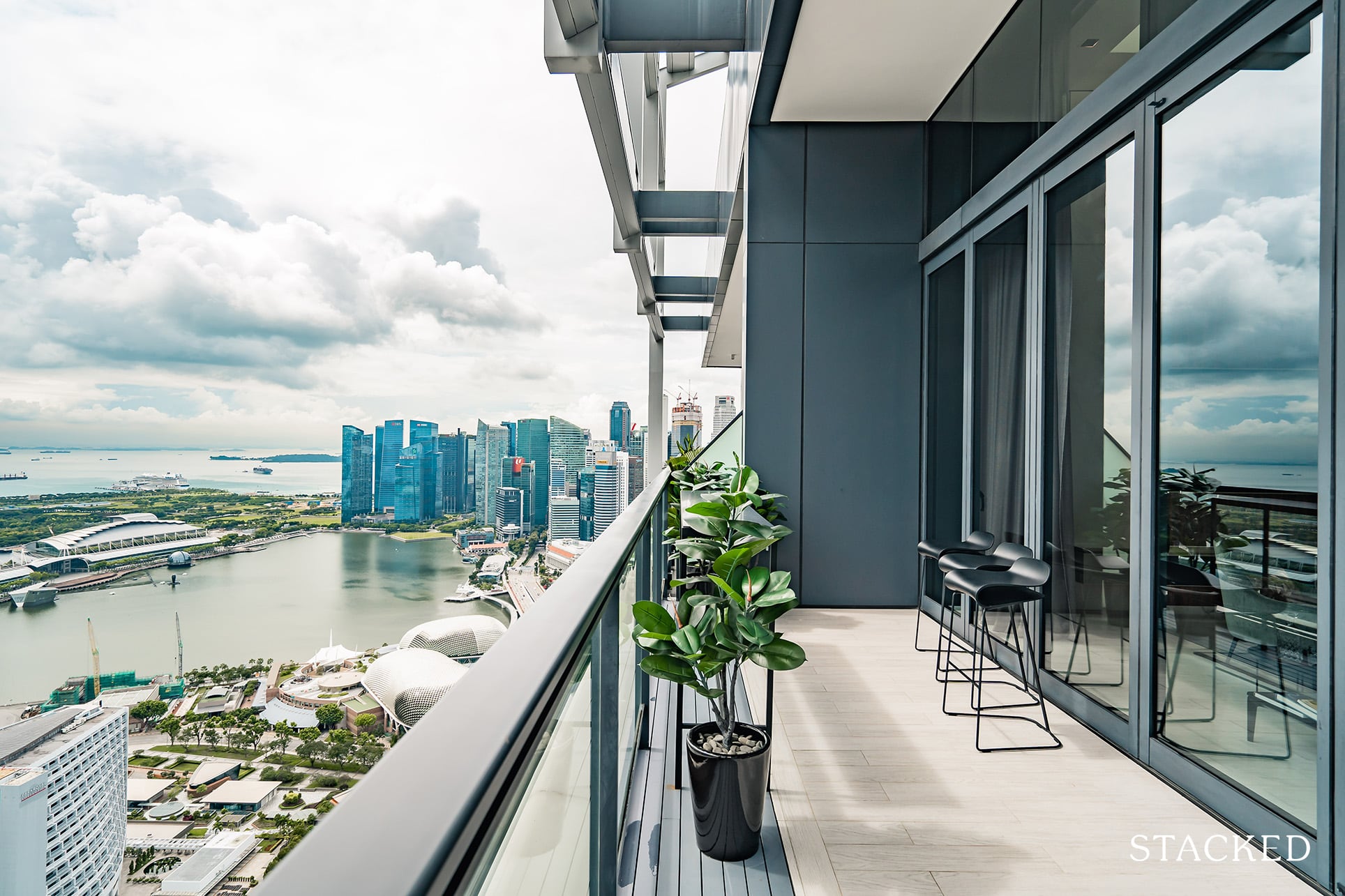
The Caribbean at Keppel Bay, for instance, is 18 per cent owned by foreigners; while Duchess Crest (Bukit Timah) is 13 per cent owned by foreigners. In Orchard, condos like Cairnhill Nine, can go up to 34 per cent, while luxury ones at Bugis like South Beach Residences are at 63 per cent. For most condos, foreign ownership doesn’t usually go beyond five per cent.
This information isn’t publicly accessible, but most real estate agents have access to the data (or reach out to us at Stacked).
Expat views of some amenities
- International schools (for families)
- MRT stations
- Nightlife and entertainment
- Office spaces
- Parks and recreation
- International schools (for families)
As of 2022, there are approximately 65 international schools in Singapore, across all levels of education. While most expat families have private transport or use PHVs,
Some of the notable schools include:
(Note: some international schools have campuses in multiple locations)
- Stamford American International School (1 Woodleigh Lane)
- Singapore American School (40 Woodlands Street 31)
- Canadian International School (371 Tanjong Katong Road)
- One World International School (21 Jurong West Street 81)
- ISS International School (21 Preston Road)
- United World College of South East Asia (1207 Dover Road)
- International French School Singapore (3000 Ang Mo Kio Ave. 3)
- St. Joseph’s Institution International School (490 Thomson Road)
- HFSE International School (267A Upper Thomson Road)
- Ascencia International School (106A Henderson Crescent)
- Global Indian International School (27 Punggol Field Walk)
Landlords should note that, unlike locals, expat families tend to consider it more of a nicety if the children are close to the school.
Unlike locals, there is no “one kilometre enrolment range”, and there’s a marked preference for the school bus or private transport. This is especially true for recent arrivals, who haven’t had time to study the public transport networks (see below).
2. MRT stations
As a loose rule of thumb, expats who are newly arrived tend to prefer private transport or PHVs, as they haven’t yet figured out our public transport.
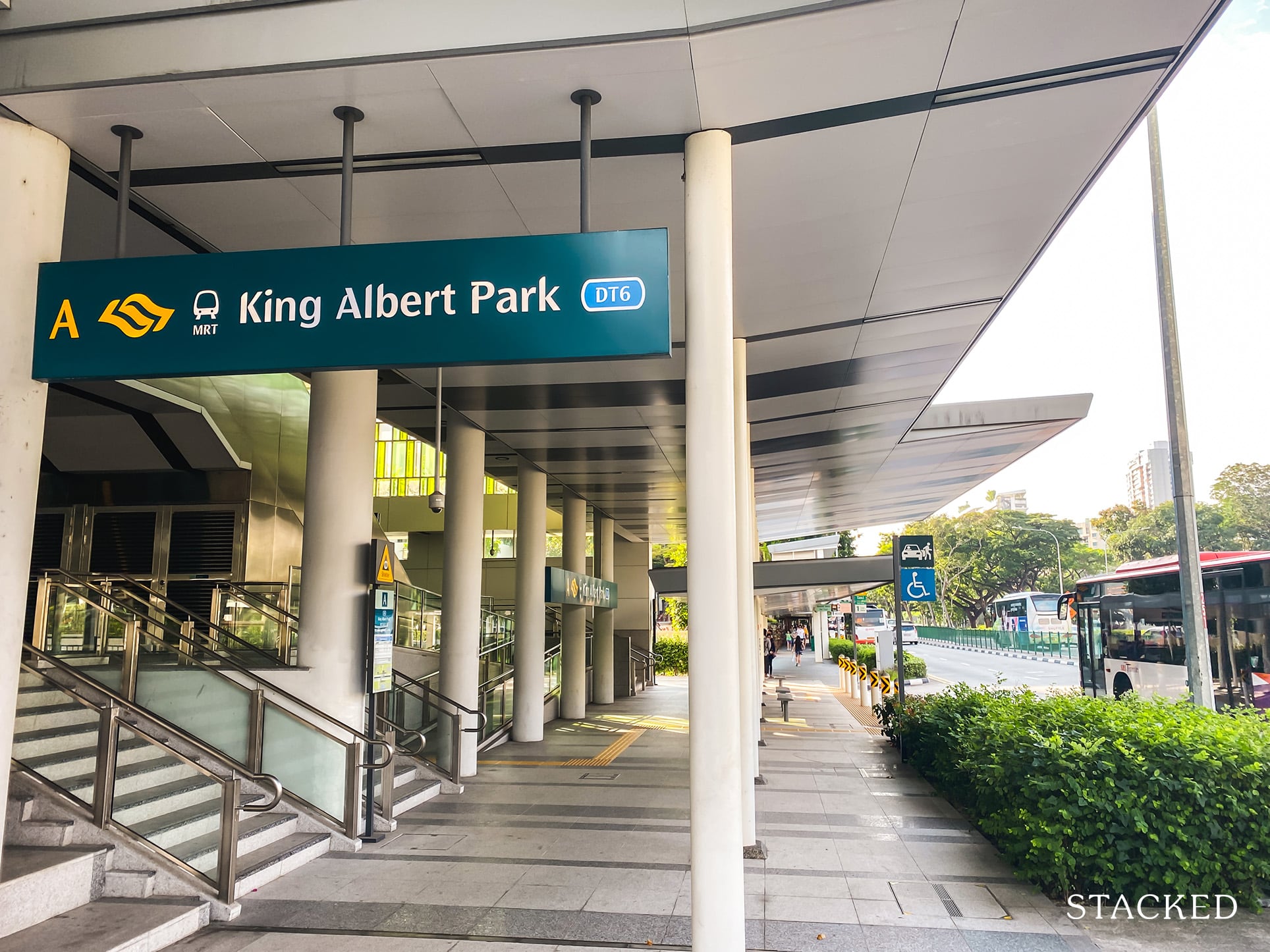
Conversely, expats who have stayed in Singapore for a few years maybe the opposite: given the efficiency of public transport, they may want to ditch the car and avoid the constant headache of parking.
As such, expats who are more experienced with Singapore, or who are on a tighter budget, do appreciate having the train station within walking distance.
That said, most expats are less concerned about MRT access than locals.
3. Nightlife
For singles or young couples, Singapore’s nightlife can be a draw. While the first location called out is often Robertson Quay or Clarke Quay, note that this is not universal: not every expat enjoys the club scene.
While being close to nightlife can appeal to some expat tenants, this is a double-edged sword.
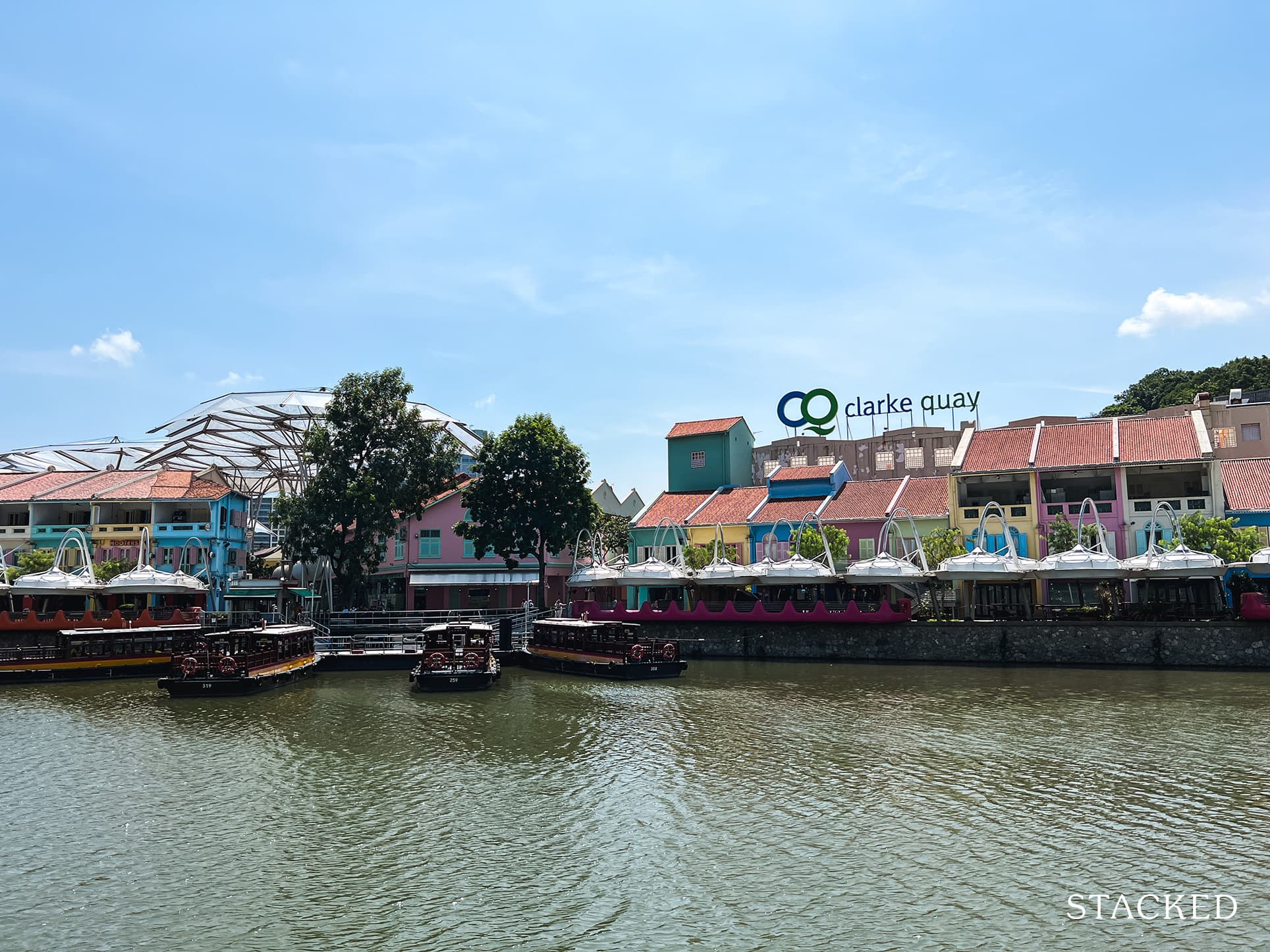
Some tenants absolutely loathe the traffic issues around these areas. If you live near Clarke Quay, and need a PHV on a Friday night, getting one is a potential nightmare (as is the ride price) – the pandemic definitely was a boon for those who lived in the area but loved the peace and quiet.
For landlords who want to cater to tenant families, we’d suggest focusing more on Katong, Woodlands, Bukit Timah, or Sentosa – these areas will appeal more to the family crowd than the young and single.
4. Office spaces
Expats who are in the start-up scene tend toward areas like One-North (due to the large number of start-ups at Ayer Rajah Crescent), or Tanjong Pagar/Chinatown (Besides The Working Capitol along Keong Saik Road, the offices here are near the CBD but often much cheaper).
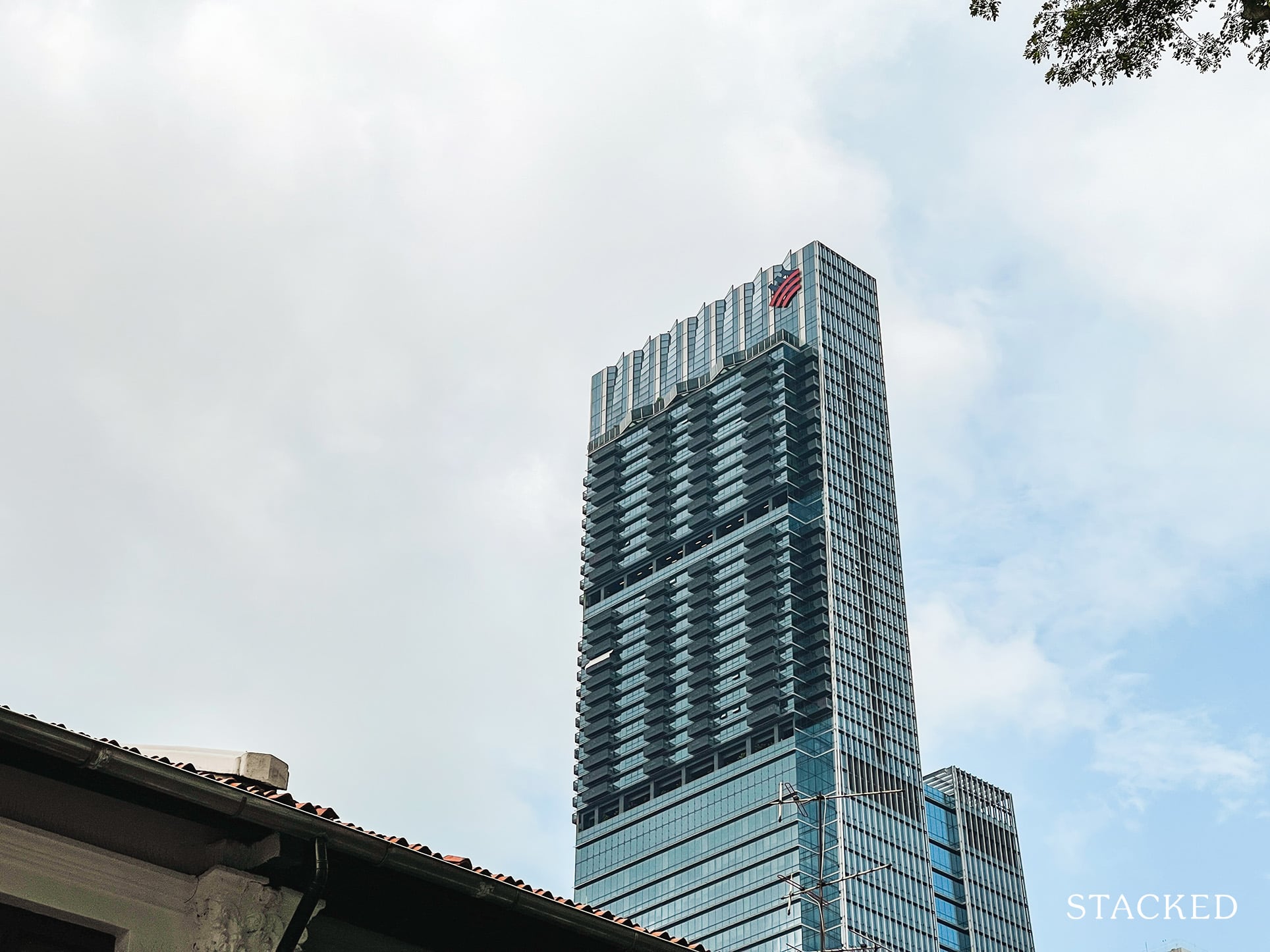
Over the past decade, with Singapore decentralising, the CBD has begun to hold a bit less appeal for expats. Commercial hubs in Paya Lebar, for instance, have their own share of Grade A office spaces; as will the upcoming Woodlands North Shore, and Punggol Digital District.
Landlords might want to start considering these areas, where yields are likely to be higher anyway.
5. Parks and recreation
The urban density of Singapore comes as a shock to quite a few expats. We’re one of the most densely packed countries in the world, and what Singaporeans consider a “small crowd” is a human horde to many foreigners.
More from Stacked
4-Room HDB Flats Dangerously Close To A $1 Million Price Tag: Here’s Where They Are
By now, no one bats an eyelid at DBSS flats, maisonettes, jumbo flats, etc. reaching $1 million. It’s almost expected…
A good number of expats prefer lower-density areas, even if they’re not living in landed property; and this explains the constant demand in places like Woodlands and Bukit Timah.
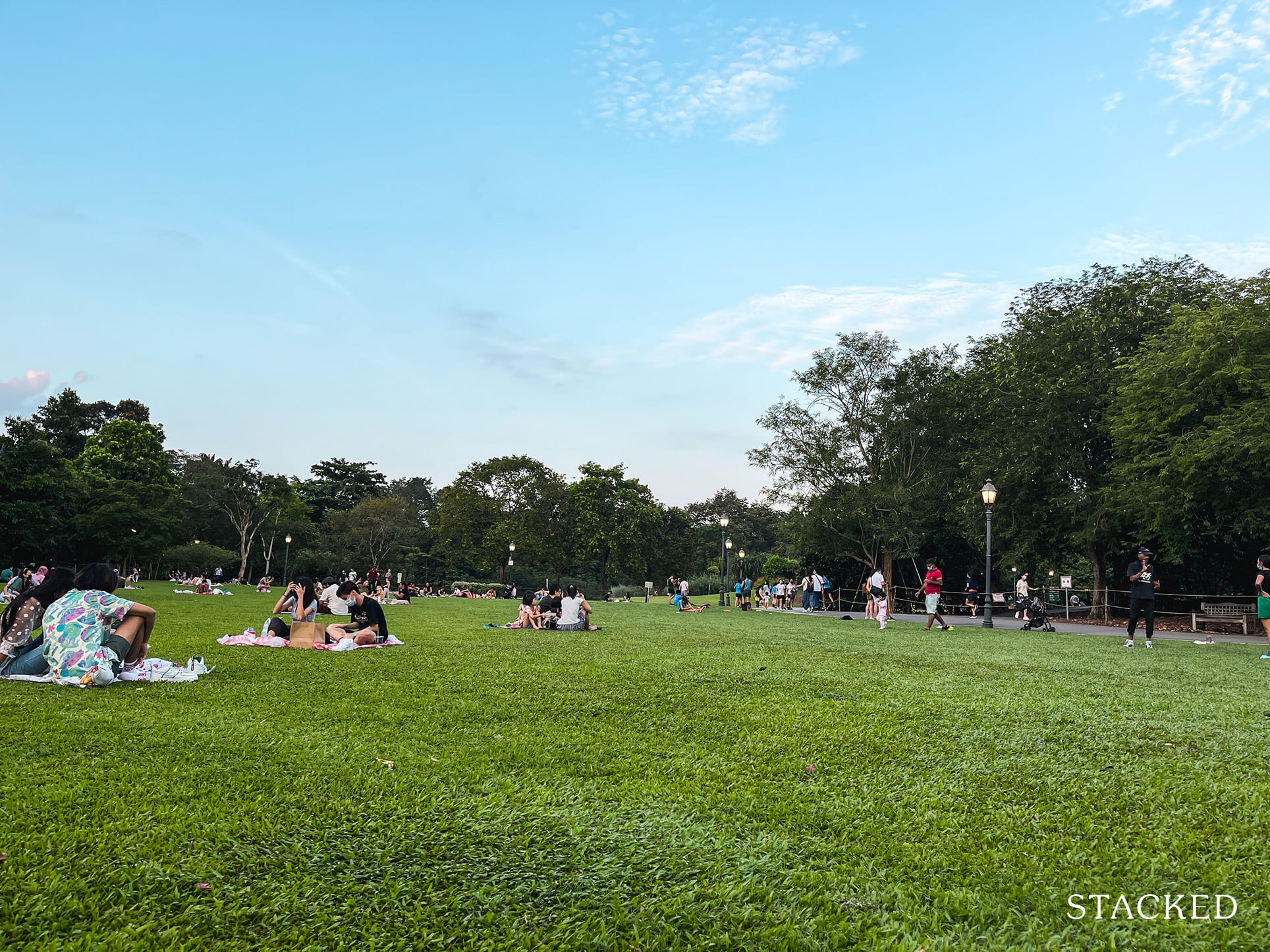
Landlords might want to play up proximity to parks and park connectors, as well as the low unit count if they’re renting out boutique condos.
In general, we find that expats prize the quiet and exclusivity over issues of convenience; most won’t mind that there’s no MRT nearby, so long as there’s more open space and quiet.
Key things to note when renting out to expatriates
- Know the difference between corporate leases and individual leases
- Understand the Diplomatic Clause in the Tenancy Agreement
- Take note of when the international school year starts
- If a school is nearby, note the age of the tenant’s children
- The viewing may need to stretch outside the property
- How furnished do they want the unit to be?
1. Know the difference between corporate leases and individual leases
With a corporate lease, the landlords sign a Tenancy Agreement (TA) with a company, generally the employer of the expat. With an individual lease, the TA with the specific tenant.
Landlords almost always give preference to a corporate lease. Companies tend to quibble less over cost. To an individual tenant, an extra $500 a month may be a big deal. To a billion-dollar multinational, it’s likely beneath notice. The same goes for damages, as big companies often can’t be bothered with protracted arguments over security deposits.
Expats with individual leases are also more likely to be self-employed, or here for reasons other than business. They’re seen as less stable than an employed tenant. As such, some landlords even outright instruct property agents to take only corporate leases.
2. Understand the Diplomatic Clause in the Tenancy Agreement
Almost all tenants will insist on a Diplomatic Clause. This allows the tenant to break the lease, in events like losing their employment. When the clause is invoked, the tenant has no obligation to pay the rent for the unoccupied unit.
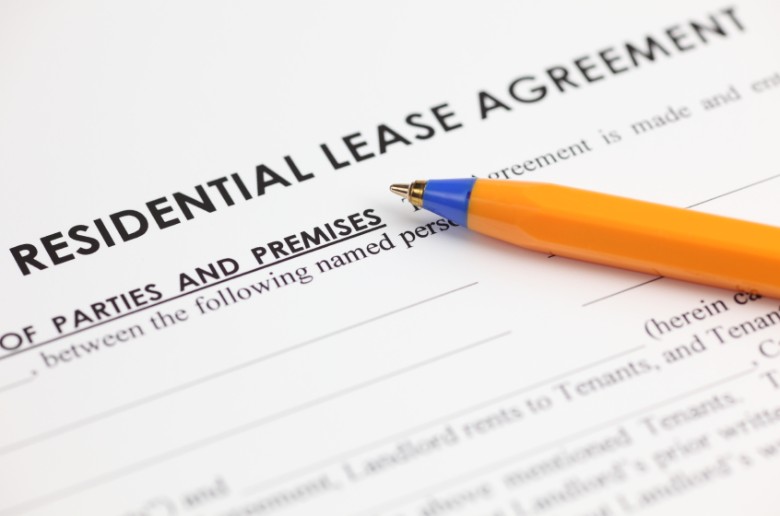
A Diplomatic Clause is unusual in leases that are below 12 months, but some tenants may insist on it. The clause will spell out:
- What counts as sufficient notice*
- What the tenant pays if they can’t give sufficient notice
- Any other reimbursement or conditions
During tumultuous times (Covid, Russia-Ukraine war, global recession, etc.), landlords must be prepared for these possibilities.
*Be warned that not all tenants will use the template TA from CEA – some tenants have pushed for “sufficient notice” to be as little as a week.
3. Take note of when the international school year starts
If one of the main amenities is a nearby international school, pay attention to when a fresh intake comes in.
Demand will sometimes (but not always) surge just before a fresh intake of students; and it may be possible at this time to rent at a higher rate. This is often around the month of July, but check with the school in question.
4. If a school is nearby, note the age of the tenant’s children
What is the age at which students graduate? If they’ll be leaving the school at 17, for example, then a tenant with a 16-year-old child may not be staying on after the year. Conversely, if the children are just starting high school, they may well stay in the same location for the next five years.
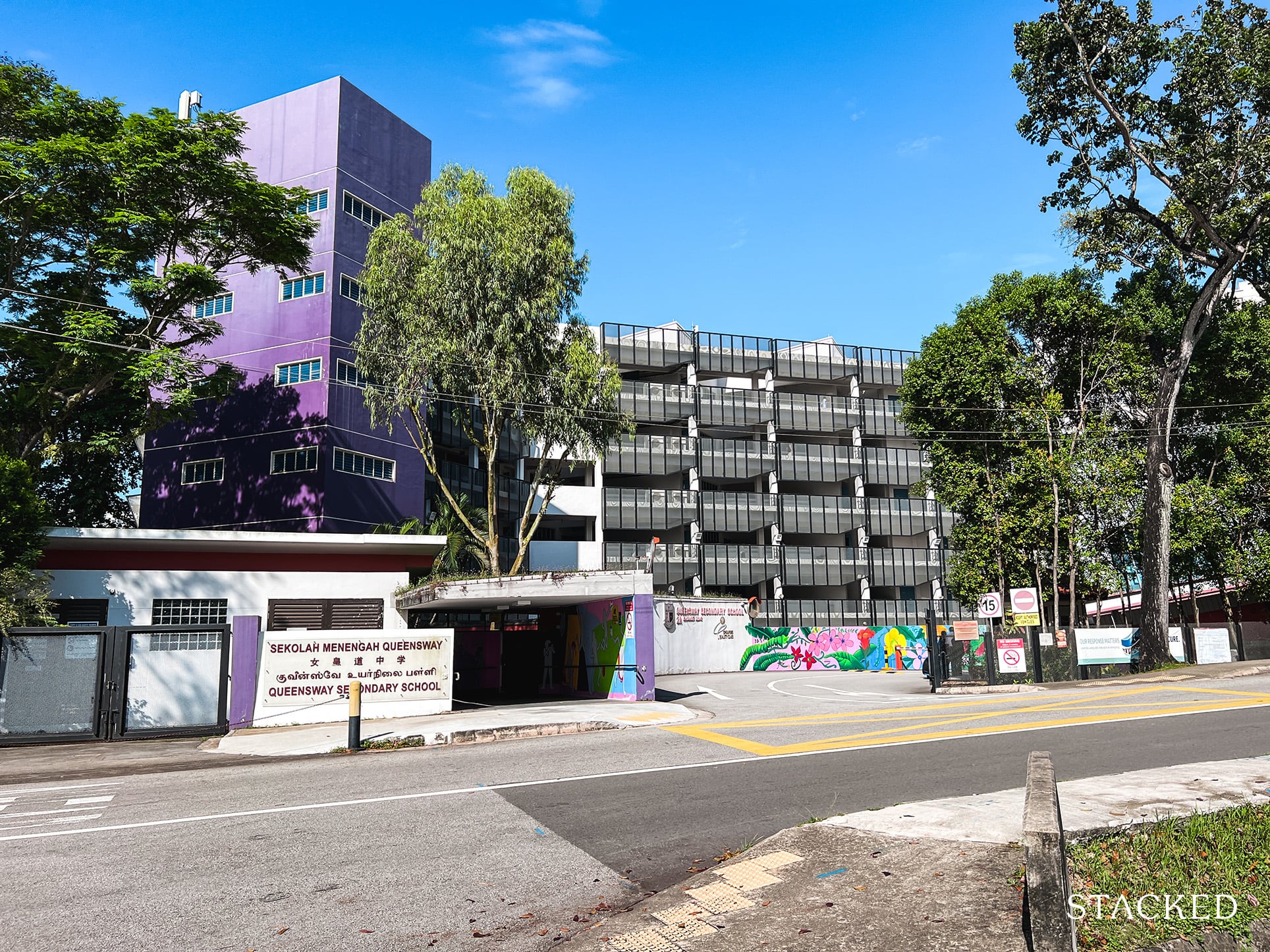
While there’s no guarantee that younger children mean a longer overall stay, it is a factor for landlords to consider. It’s sometimes the deciding factor when choosing between two tenants.
5. The viewing may need to stretch outside the property
When renting to locals, you just need to show the unit and the development. With expats, you may need to go the extra mile.
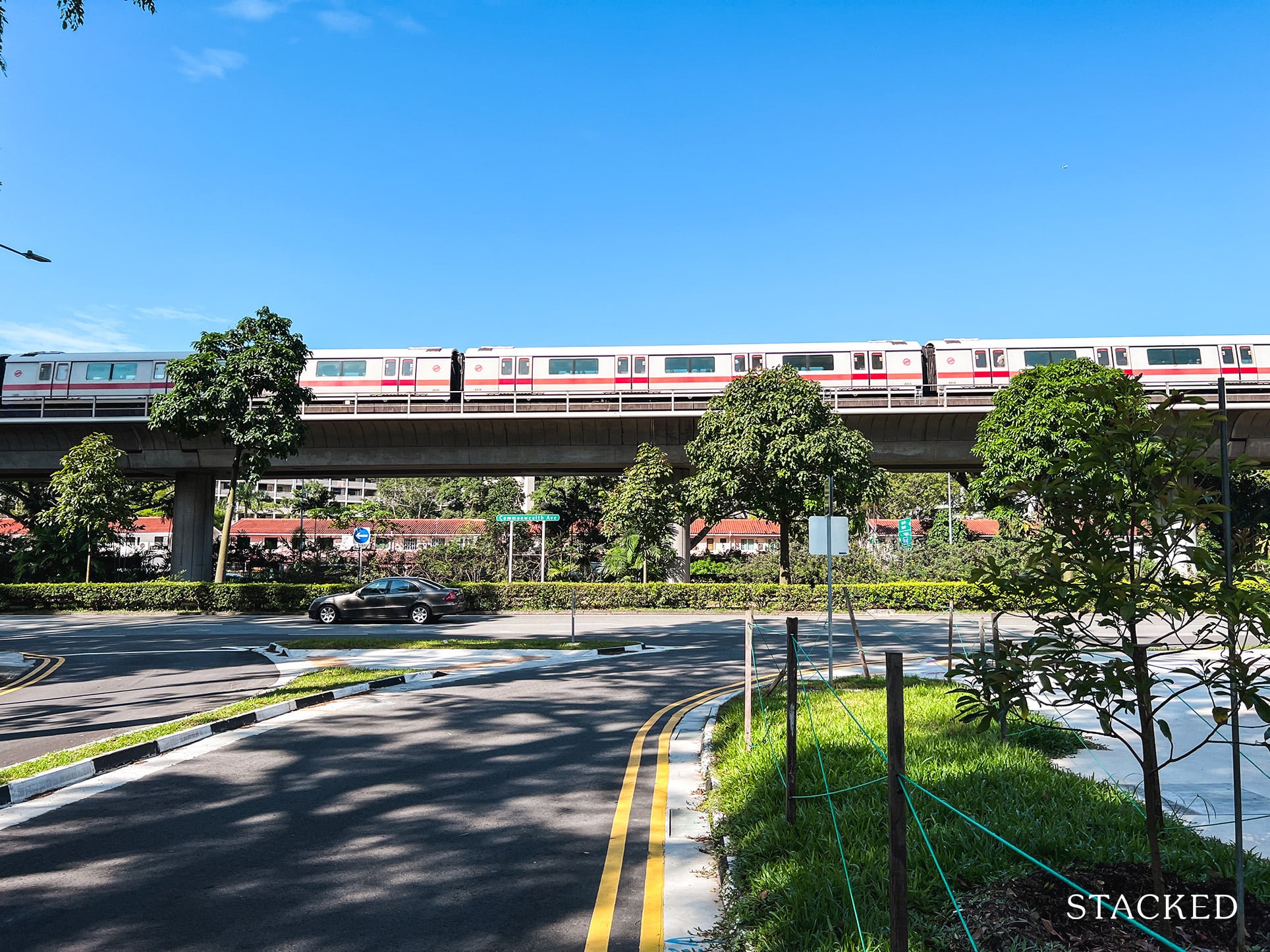
Expats are more likely to miss out on certain influential factors; such as the entire walk to the MRT being sheltered, or that a major commercial hub is right next door (e.g., if your unit is near Eunos MRT like Parc Esta, it’s practically as if they were living at Paya Lebar Quarter but cheaper).
Keep in mind that expats may not have much to go on besides Google Street View, and a few online forums.
6. How furnished do they want the unit to be?
When your tenant is an expat, furnishings are a bigger issue. Most won’t be bringing the furniture back with them when they leave, or when they move to another unit; so some of them may want a fully furnished unit, even for longer stays.
Sometimes, you may get a returning tenant, who switches preferences. For example: the first time they arrive they only stay for a year, so they want the unit fully furnished. But the next time they return, they intend to stay on for a good three to five years; and this time they want it unfurnished, so they can customise it to their needs.
Expat tenants sometimes fail to communicate all this, so do ask. Let them know if you’re willing to both furnish or clear out the unit.
If you’re aiming to rent to expat tenants, you can reach out to us for expert help – from finding the right property, to marketing it effectively. You can also follow us on Stacked for new updates, when the rental market in Singapore changes.
If you’d like to get in touch for a more in-depth consultation, you can do so here.
Ryan J. Ong
A seasoned content strategist with over 17 years in the real estate and financial journalism sectors, Ryan has built a reputation for transforming complex industry jargon into accessible knowledge. With a track record of writing and editing for leading financial platforms and publications, Ryan's expertise has been recognised across various media outlets. His role as a former content editor for 99.co and a co-host for CNA 938's Open House programme underscores his commitment to providing valuable insights into the property market.Read next from Rental Market
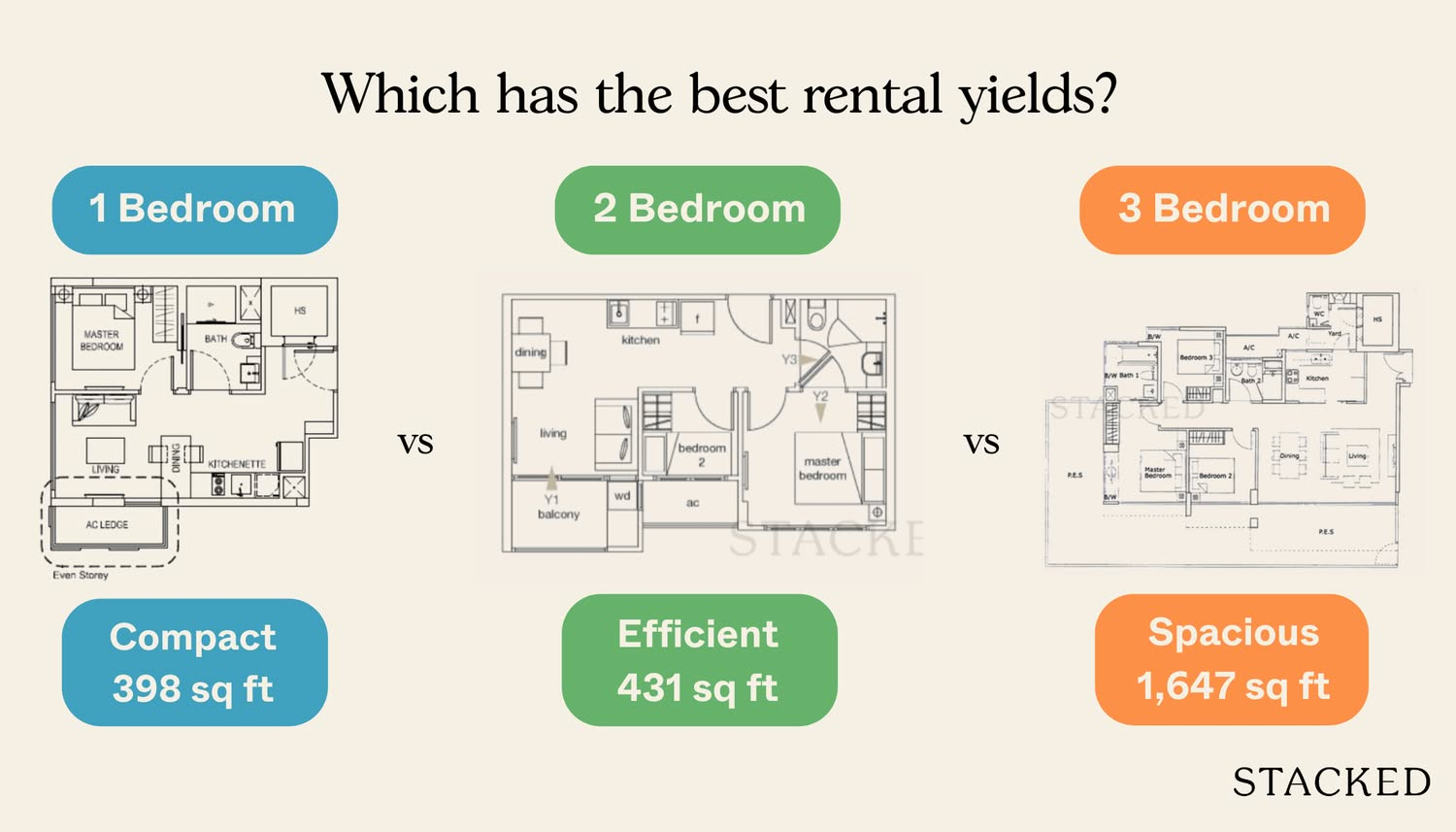
Rental Market Is Singapore’s Rental Market Really Softening? We Break Down The 2024 Numbers By Unit Size
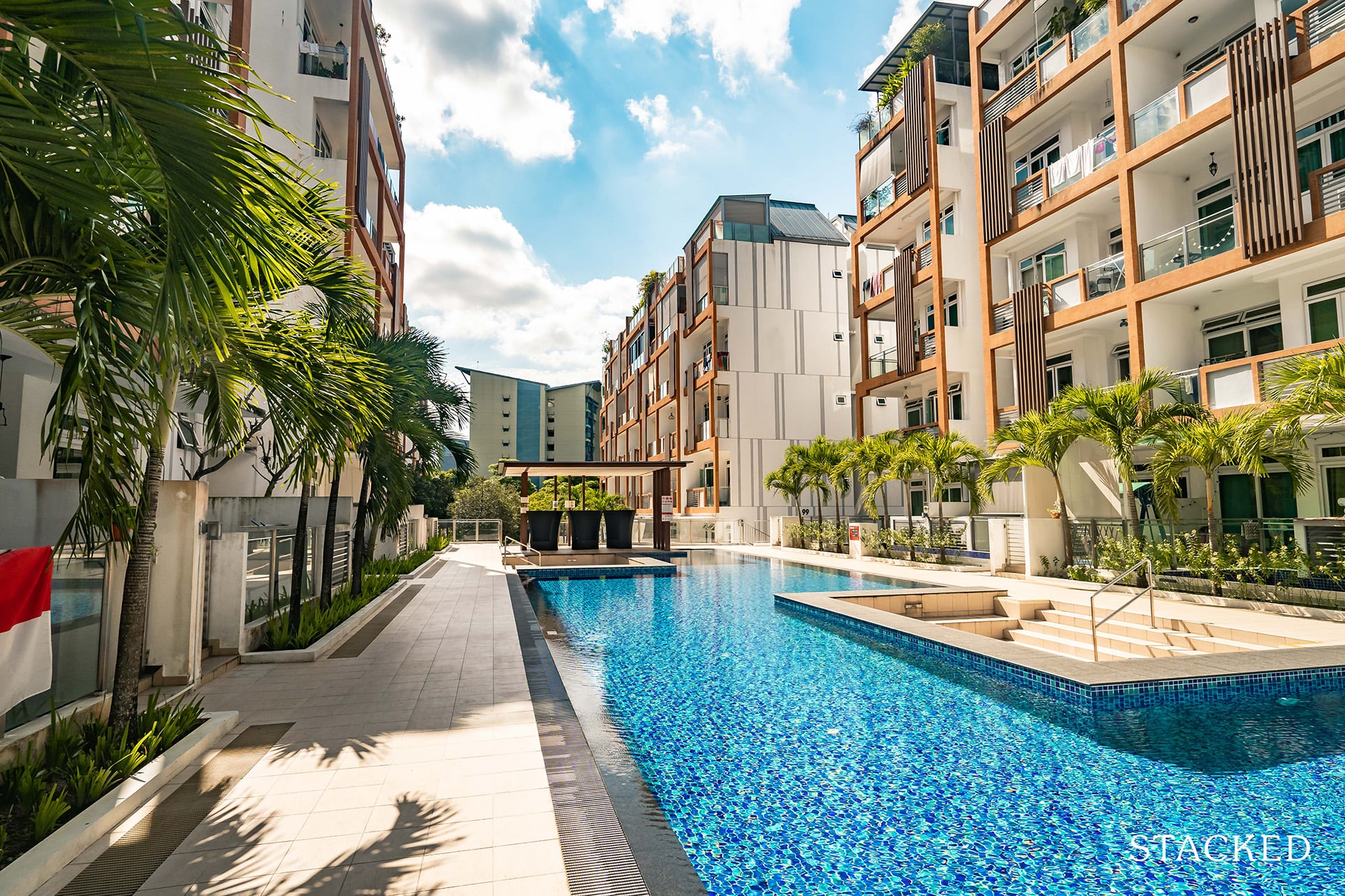
Editor's Pick The Cheapest Condos For Rent In 2024: Where To Find 1/2 Bedders For Rent From $1,700 Per Month
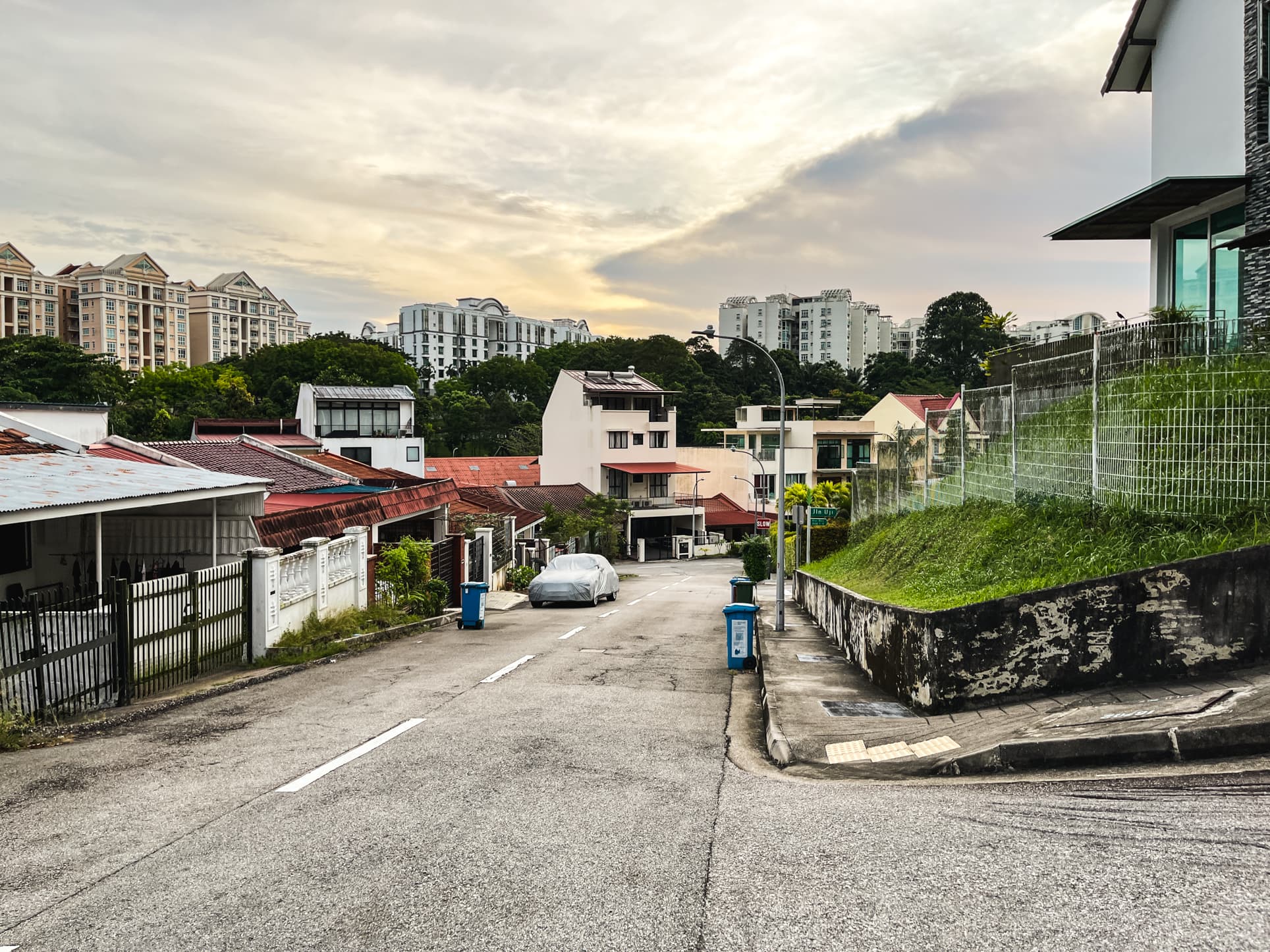
Rental Market Where To Find The Cheapest Landed Homes To Rent In 2024 (From $3,000 Per Month)
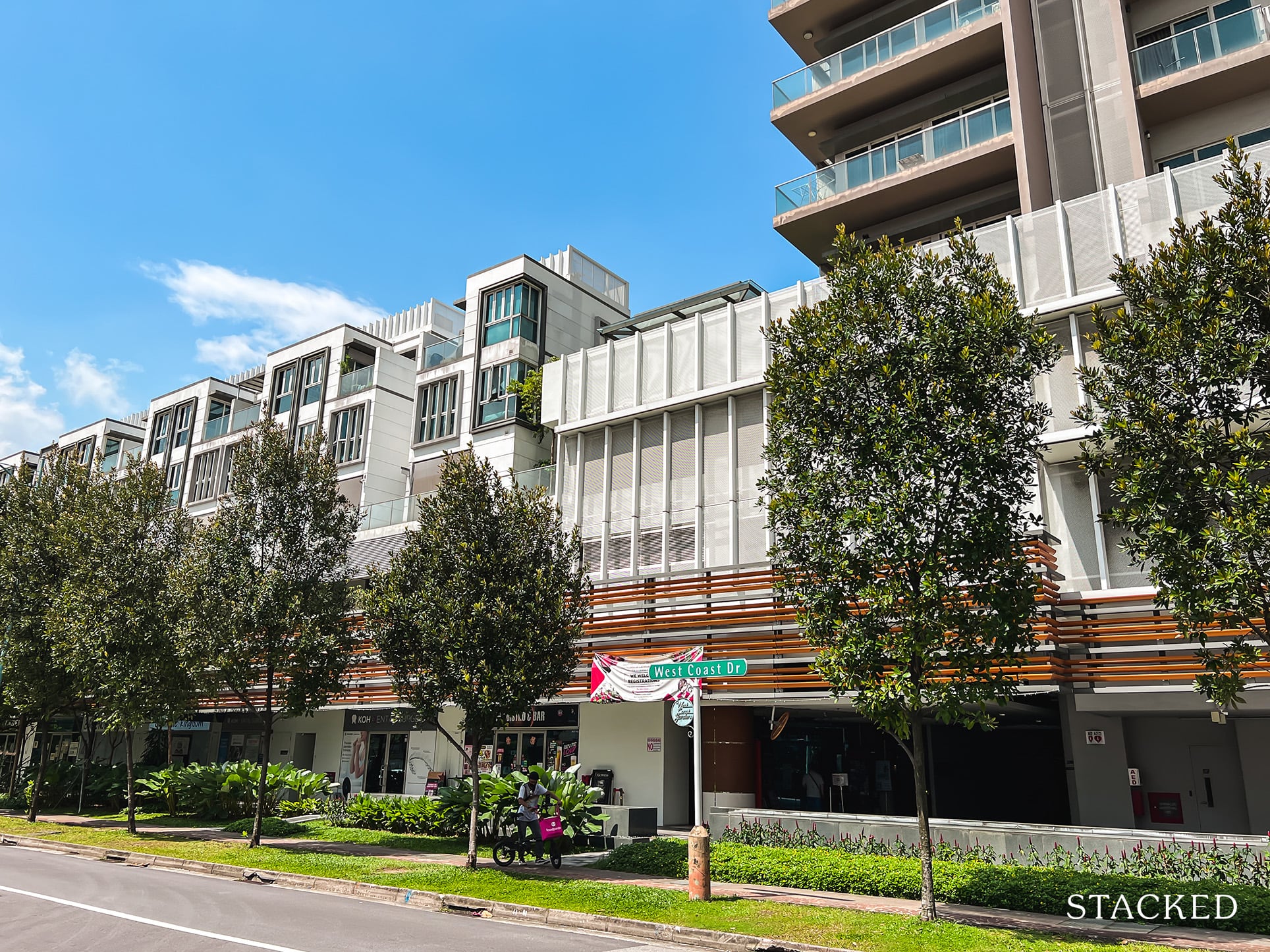
Rental Market Where To Find High Rental Yield Condos From 5.3% (In Actual Condos And Not Apartments)
Latest Posts

Pro How A 625-Unit Heartland Condo Launched In 2006 Became One Of 2025’s Top Performers

Property Investment Insights Does Buying A One-Bedroom Condo Still Make Sense As An Investment In 2026

Property Market Commentary Why This Once-Ulu Town In Singapore Is Going To Change (In A Big Way)

Singapore Property News This HDB Just Crossed $1.3M For The First Time — In An Unexpected Area

Singapore Property News “I Never Thought I’d Be Sued by a Tenant.” What Long-Time Landlords in Singapore Miss

Property Market Commentary I Lived In Bayshore When It Was ‘Ulu’. Here’s How Much It Has Changed

Singapore Property News HDB Resale Prices Finally Slowed in 2025 — Will It Continue in 2026?

Singapore Property News Breaking News: District 23 Condo Sells Out In Under Two Years At $2,120 Psf Average

On The Market Here Are The Cheapest 3-Bedroom Condos in Central Singapore You Can Still Buy From $1.15M

Property Market Commentary Why The Singapore Property Market Will Be Different In 2026 — And It’s Not Just About Prices

Editor's Pick 2025 Year-End Review Of The Singapore Property Market: What The Numbers Reveal

Pro This 21-Year-Old Condo Didn’t Sell Out Initially, Yet Became A Top Performer

Editor's Pick How The HDB Resale Market Performed In 2025, And What It Means For 2026 Prices

Editor's Pick 4 Key Trends Reshaping Singapore’s New Launch Condo Market In 2026

Editor's Pick What I Only Learned After My First Year Of Homeownership In Singapore



